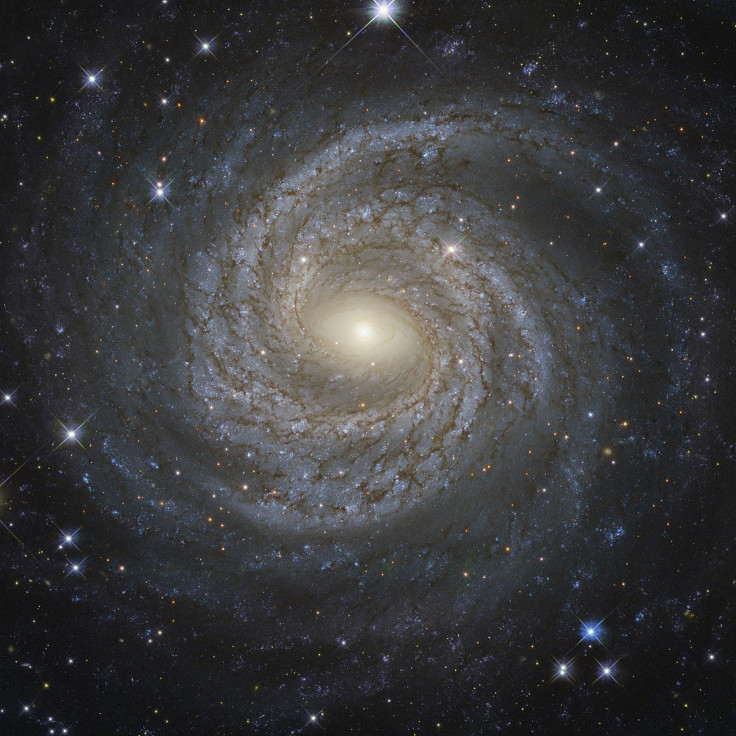Strange molecule outside solar system takes scientists a step closer to solving mysteries of life’s origins
Path-breaking discovery of organic molecule outside solar system

For the first time, researchers have discovered an organic molecule, propylene oxide, in interstellar space that can lead to understanding one of the most puzzling mysteries of the early origins of life. The organic molecule is the most-complex molecule ever discovered outside our solar system and is extremely essential to biology. It is the first chiral molecule detected in interstellar space.
Organic molecules that make up our universe are very similar to humans when it comes to left and right-handedness. These molecules, just like humans, can lean left and right-handed, known as chirality. Scientists don’t have an answer why most molecules on Earth lean left.
The study, appearing in journal Science, is being considered “a pioneering leap forward” in the understanding of how prebiotic molecules are made in the universe and how they affected origins of life. Earlier, scientists did find chiral molecules in comets in solar system and meteorites on Earth. However, this is the first time they found such molecules in interstellar space.
“The past few years of exoplanetary science have told us there are millions of solar system-like environments in our galaxy alone, and thousands of nearby young stars around which planets are being born. The detection of propylene oxide, and the future projects it enables, lets us begin to ask the question--does interstellar prebiotic chemistry plant the primordial cosmic seeds that determine the handedness of life?” Geoffrey Blake professor of cosmochemistry and planetary sciences and professor of chemistry, said in a statement.
Propylene oxide was found in an enormous star-forming cloud of dust and gas at the centre of our galaxy. The molecule was detected after scientists used an extraordinarily sensitive radio telescope.
Molecules have biological advantage by skewing left or right. They build more complicated structures due to congruence. Detecting Propylene oxide in interstellar space has opened the door for further experiments that may go a long way in determining where and how molecular-handedness emerges.
Biomolecules such as sugars, including those that comprise DNA, all lean right, whereas amino acids that make up protein are exclusively left-handed. Scientists believe that discovery of the interstellar molecule may finally clear up the ingredients that formed the base of our solar system. More than 180 molecules have been detected in space till date and all have given distinct vibrations that can be detected with radio telescopes.
Complex and larger molecules have more complicated vibration pattern, which makes them very difficult to identify. A better understanding of the chirality of the propylene oxide molecule in space will in turn help in better understanding of chiral molecules on Earth.





















